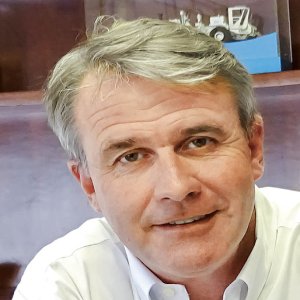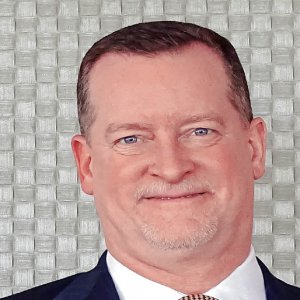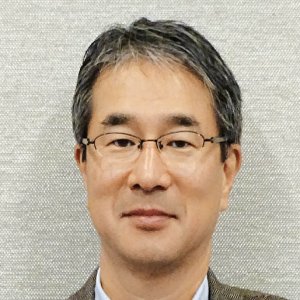A Protective Glance Inside the Ducts

STORY INLINE POST
Q: How has the restructuring of ISI Mustang been carried out?
A: ISI Solutions was acquired by Mustang Engineering in December 2011, creating a new company called ISI Mustang, which has since gone through a five-year integration process that ended this year. Wood Group has three main business lines, including Wood Group Kenny for subsea engineering, Wood Group PSN for field services, and Wood Group Mustang for engineering, procurement, and construction management. This latter division has four business units, namely Offshore, Onshore Pipelines and Facilities (OPF), Process, Plant, and Industrial (PP&I), and Automation and Control, the segment in which ISI Mustang is located.
Q: How has the Internet of Things and Big Data changed the way the industry works, and how is security being factored into this new equation?
A: Intelligence was previously solely found in control centers, but we are increasingly seeing it move down the pyramid to the most basic pieces of equipment thanks to the advent of think lines and improved software programs. Transmitters, transducers, flow computers, and similar technologies provided with increased intelligence, are able to handle IP technology, and can connect to the Ethernet. Control centers are becoming service centers because they can also take actions, operate, and monitor the facilities of an entire pipeline or process plant, in addition to overseeing many other aspects of an operation. Little by little, information technology (IT) is blending with the operational technology (OT). IT and OT meet at level 3.5, which is where networks from the field, the plant, and the control center separate through routing, switching, and firewall technologies. We choose to segment the networks at that point so that the corporate network and external access may interact in a protected area, leaving the real-time servers, which are the heart of the operation, unthreatened.
Q: How are you working to invert the lack of trust in cyber security?
A: ISI Mustang takes a three step approach which involves raising awareness among our clients regarding the benefits of technology, then educating and training them, and finally investing money in technology testing. We invest a great deal of time in testing new technologies and ensuring that our recommendations are proven and reliable. When there are major shifts in the industry, such as the advent of the Ethernet, IP, virtualization, or even cybersecurity, ISI Mustang revises its technology and best practices, using the knowledge collected throughout our offices across the world and adapting it to our Mexican clients’ requirements.
Q: How can your products contribute to reducing damage to pipelines, and preventing hydrocarbon theft?
A: Our pipeline monitoring system uses fiber optics, among other technologies, to monitor any type of unusual activity. However, we can further prevent these issues by working on the project from the conceptual design and basic engineering phase. At first sight, our systems may seem costly, but these are a long term investment, a fact companies quickly grasp when we present them with our design criteria, its norms compliance, and the aggregated value they will receive from our solution. This is a relevant fact in an industry where contracts are made with the long term in mind as companies will save money on total cost of ownership, maintenance, and durability.
Q: What new technological concepts are you currently testing?
A: ISI Mustang is constantly developing new technologies according to our clients’ requirements. During our participation in the Los Ramones project, we created a platform for the safe exchange of information between the US and Mexican parts of the project. Our current technological focus is on virtualization. This concept is not new, but four years ago, the Wood Group Mustang and ISI Mustang started to test and validate it. Virtualization eliminates the need for a great amount of hardware in control rooms, saving time, money, energy, and space, while improving safety and reliability and, above all, availability. Needs that used to be balanced against each other, such as availability, reliability, and security, are now converging toward a harmony
























